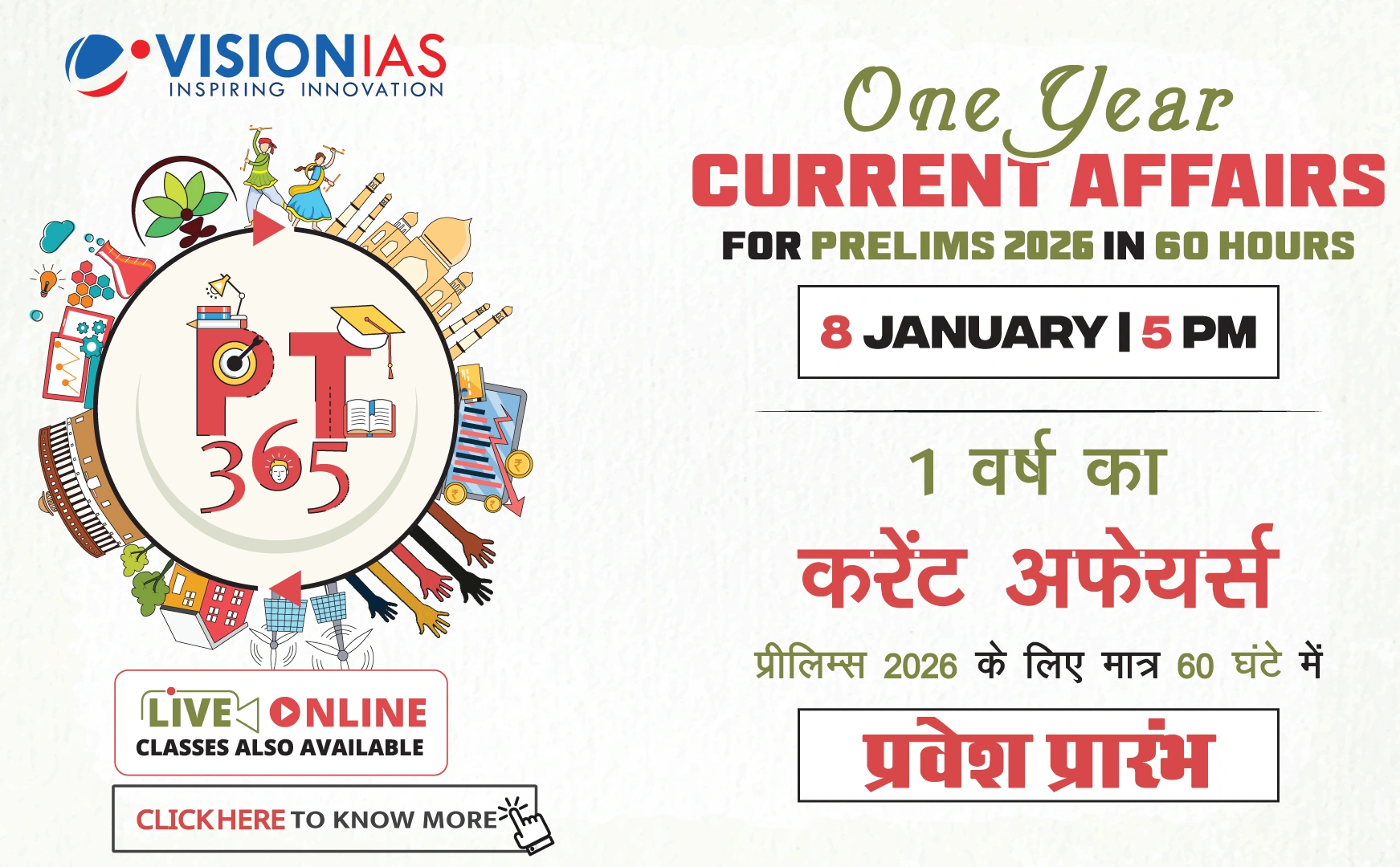Monetary Policy and the 'Impossible Trinity'
The Reserve Bank of India (RBI) has taken a significant step in navigating the 'impossible trinity' of exchange rates, capital flows, and policy-making independence by compartmentalizing interest rates and exchange rate management.
Shift to Accommodative Stance
- The RBI delivered a 25-basis point cut in key policy rates despite an increase in US bond yields, signaling a bold deviation from convention.
- Governor Sanjay Malhotra redefined an accommodative stance as considering only a status quo or rate cut, not hikes, unless external shocks occur.
Focus on Inflation and Growth
- The Monetary Policy Committee (MPC) prioritizes keeping consumer price index (CPI) inflation at 4%, focusing on inflation rather than uncertain global events.
- The RBI has identified a decisive improvement in the inflation outlook but acknowledges moderate growth due to a challenging global environment.
Growth Priority
With a projected 6.5% growth rate for the Indian economy in a year of expected global recession, the MPC places growth at the forefront, reflecting a shift from previous priorities.
Exchange Rate Management Alternatives
- With the current stance, interest rate may not be the primary tool for managing exchange rates.
- Other measures like liquidity adjustments, market interventions, special deposits, and controls may be employed based on the situation's severity.
Rethinking Interest Rate Role
The RBI is reassessing traditional views on interest rate roles, especially concerning currency management and the impact of equity vs. debt flows, particularly with Indian bonds' potential inclusion in global indices.



